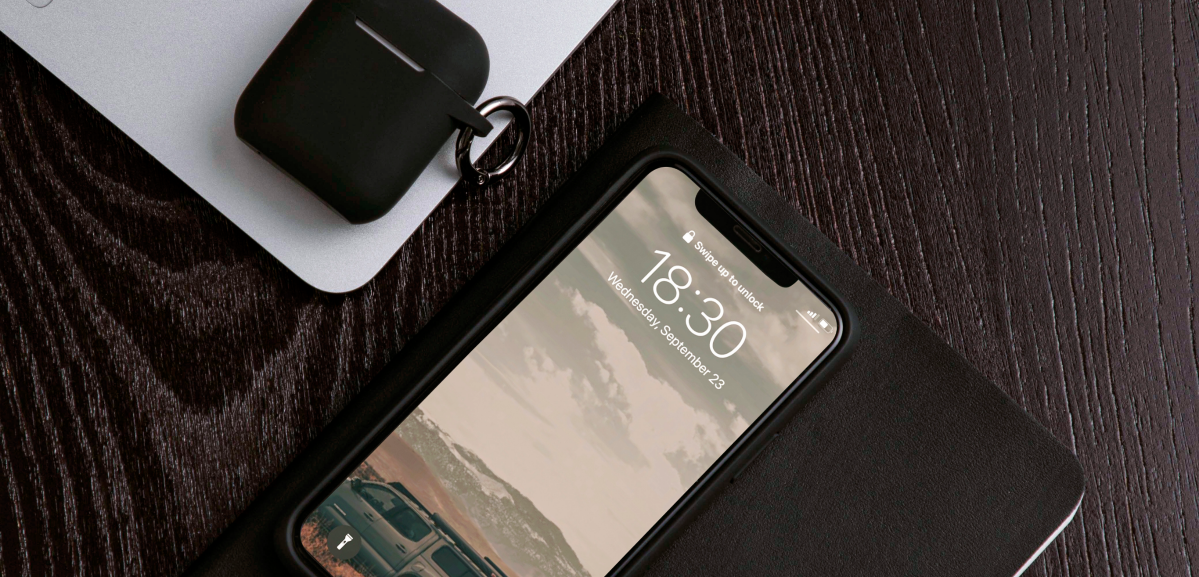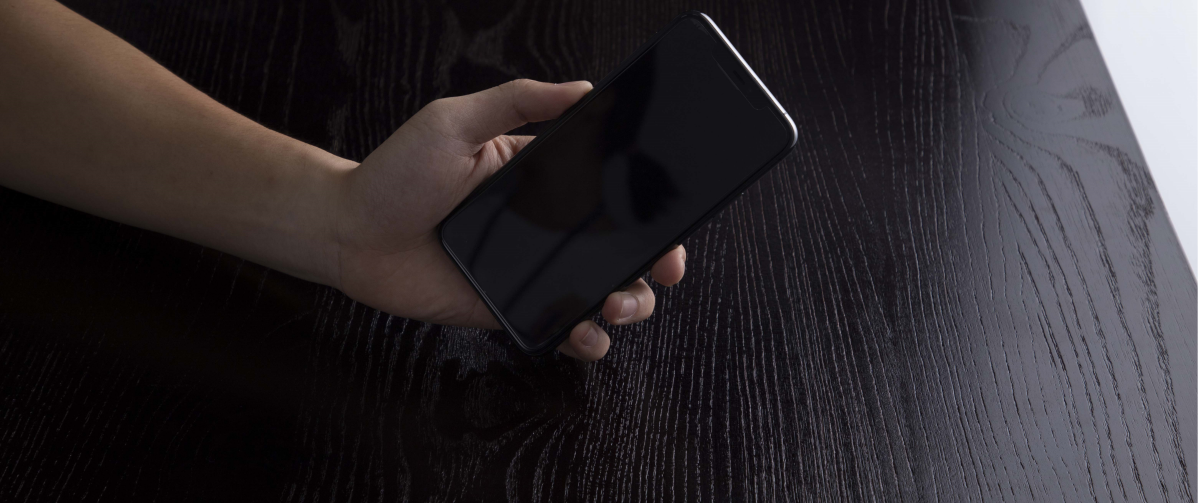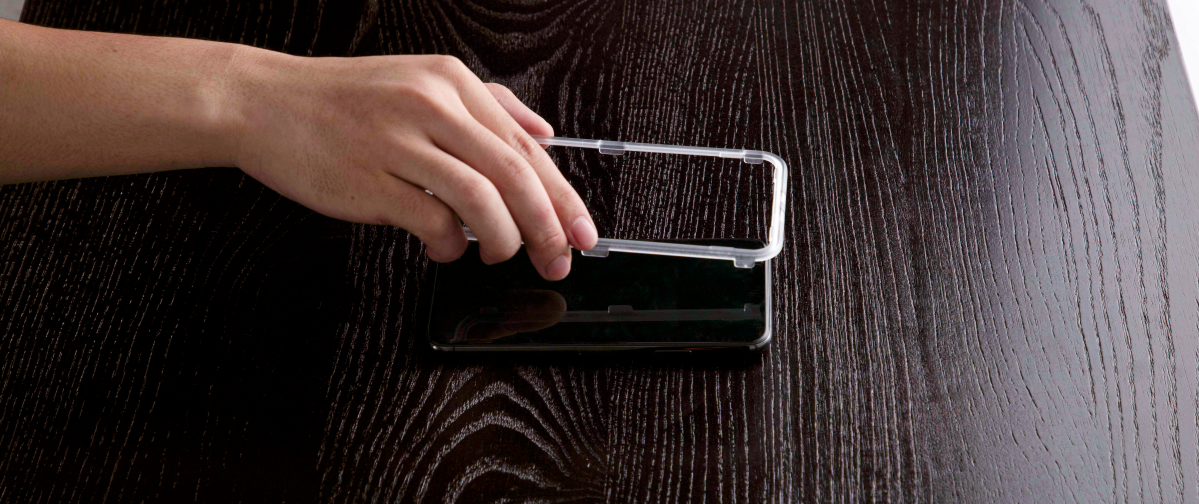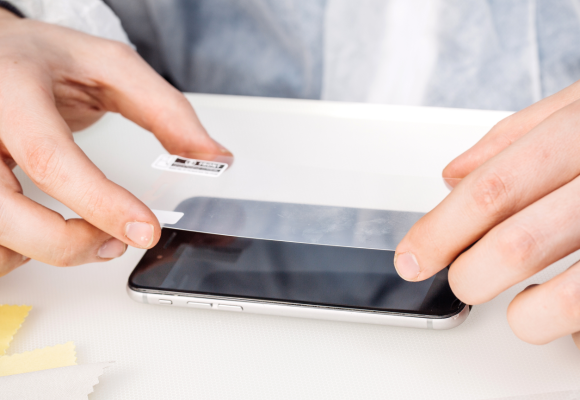You probably already have a screen protector on your smartphone. Yes, it may be damaged and in need of replacement, but this just shows how integral the screen protectors are to your smartphone usage. In addition to protecting your screen from unwanted scratches, it helps provide you with peace of mind.

Screen Protector – An ultimate safeguard
Nowadays, you will come across only a few, if any, persons who use their phone without a screen protector. The protectors have become just that essential. However, not everyone knows how to put on a screen protector, and they remain afraid of-
air bubbles under the screen
-
Misaligned orientation.
Screen Protectors developed by UNBREAKcable® provides:
-
9H Hardness Tempered glass
-
Free from fingerprint and oil smudges
-
Sharp-edged and knife resistant
-
Ultra-thin with 99.99% transparency
How to apply Tempered Glass Protector
- Removing off the previous screen protector and wiping the smartphone’s screen clean.
- Clean the dust,make use of rubbing alcohol, a damp cloth, or dust wipes/absorbents to clear off any dust specks fully.
- Place your phone inside the installation frame. If the size of the frame does not match the phone, you should get the frame replaced, as it would have little benefit with the wrong fit.
- Unbreakcable®includes the installation frame with the respective phone’s screen protector making sure that the frame is always the right size for your phone.
- Orient the protector on your phone and align it under the frame.
- After you are sure that the alignment is perfect, you should remove the back layer of the screen protector and slowly lower the protector onto the screen.
- Next, you can use a screen-sized squeegee to remove any trapped air bubbles under the screen.
- After taking care of the bubbles, remove the front screen protector layer. Do not remove the front layer before eliminating air bubbles as squeegees and related products can put scratch marks on your new screen protector.
- Now you can truly enjoy the experience without worrying about uneven margins every time you look on your phone!
How to Apply Screen Protector with Applicator
Most of us would be more than content with applying the screen protector using our bare hands or the installation frame. However, some companies have introduced “Applicators,” which automate much of the protector application process, leaving you to worry little about learning how to apply a screen protector properly on your smartphone.

- Remove the previous screen protector, do it with care as it can fragment in haste leading to a mess of shards on and around your phone screen.
- Clean up the screen, screen protectors may protect the screen, but dust can accumulate on its borders, making thick brown lines visible once you remove the previous glass screen.
- Use a damp cloth and eyeglass cleaner to remove the dust lines and then apply dust absorbers to get rid of smaller dust particles.
- Set up the applicator, for this bring in the proper base plate for your phone. This is important as the base plates are designed according to your screen’s size and help keep the phone still while the protector is applied.
- Then, place the screen protector on it. Keep the front side of the protector up.
- Place your phone inside the applicator with the screen facing down.
- Now, close the applicator and wait for around 15 seconds.
- While keeping the applicator closed, slowly pull out the protective layer of the screen protector.
- Open the applicator and take out your phone.
Remove the front screen protective layer, and marvel at the wonders of the applicator!
UNBREAKcable® produces a trusted screen protector with certified safety protections that are durable and flawless. This provides your cell phone complete protection and safeguard.
Putting on a screen protector may seem like a complicated task, but with the variety of methods available, you will find it simple enough to be able to it yourself.
Screen Protector by UNBREAKcable® is a highly-engineered glass developed for the smooth and durable safety of your cellphones. Some features to be considered areas:








